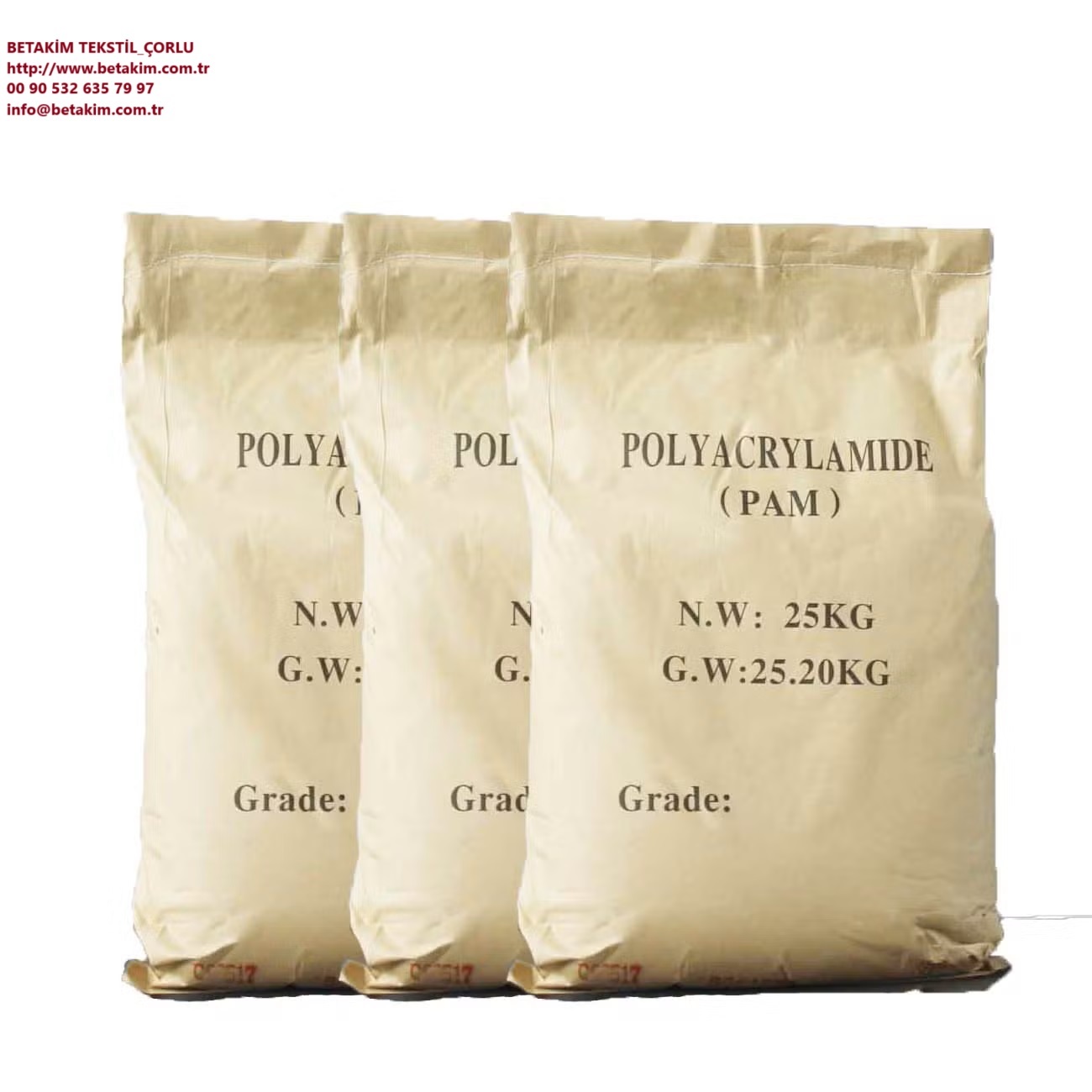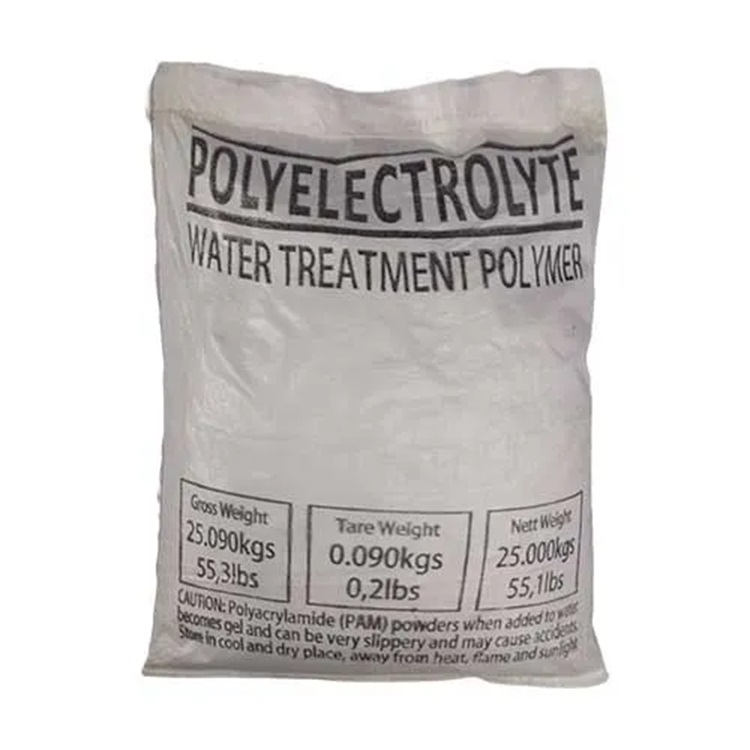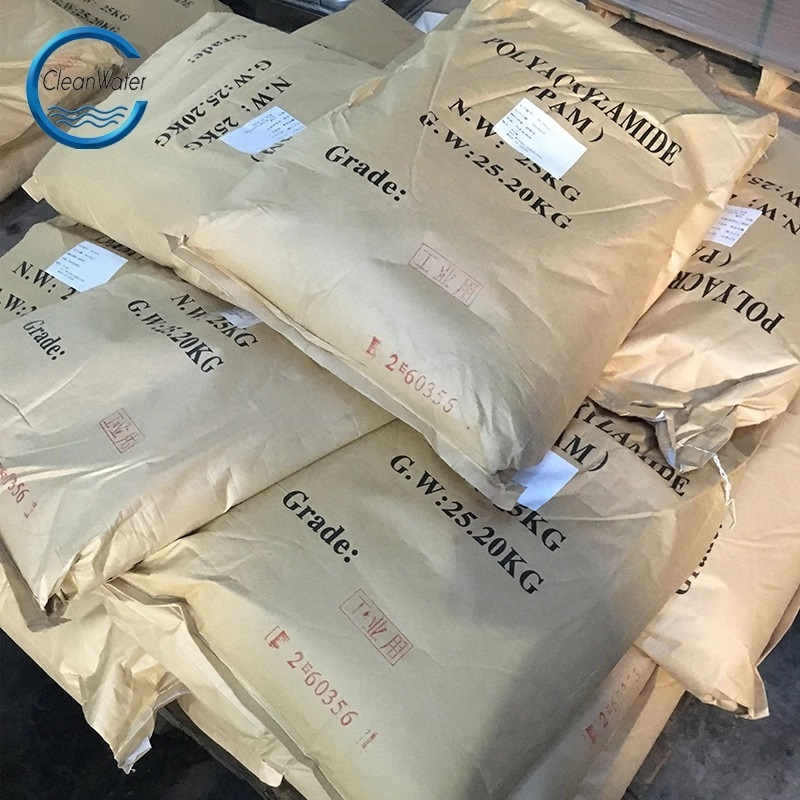We unleash your business potential by maximize the business innovation.
Send EmailAnionic Polyelectrolyte, Anionic Poly Electrolite, Anionic Polyacrylamide, Polyacrylamide, Poliakrilamid, Anionic Flocculant, Coagulant, PAM, APAM, 9003-05-8
🧪 Anionic Polyelectrolyte (APAM / PAM)
Anionic polyelectrolytes are high molecular weight, water-soluble polymers containing negatively charged functional groups. Derived from polyacrylamide structures, they are primarily used as flocculants in water and wastewater treatment processes. Their role is to bind suspended particles into larger aggregates (flocs), enhancing sedimentation, filtration, and sludge dewatering efficiency.
🔬 Chemical Identity
| Property | Specification |
|---|---|
| Chemical Name | Anionic Polyelectrolyte |
| Synonyms | Polyacrylamide, Poliakrilamid, PAM, APAM |
| CAS Number | 9003-05-8 |
| Molecular Formula | (C₃H₅NO)n |
| Molecular Weight | Variable (typically 5–20 million Dalton) |
| Appearance | White powder or granules |
| Odor | Odorless |
| Solubility | Fully soluble in water |
| pH (in solution) | 6–8 |
| Packaging | 20–25 kg polyethylene bags |
| Shelf Life | 24 - 36 months (cool, dry conditions) |
⚙️ Mechanism of Action
-
Coagulation: Positively charged coagulants (e.g., FeCl₃, Al₂(SO₄)₃) neutralize particle surface charges.
-
Flocculation: Anionic polyelectrolyte bridges neutralized particles, forming large flocs.
-
Sedimentation: Flocs settle rapidly under gravity.
-
Dewatering: Sludge is separated using centrifuges, belt presses, or filter presses.
🏭 Industrial Applications
| Sector | Application Description |
|---|---|
| Wastewater Treatment | Flocculation, sludge dewatering |
| Drinking Water Treatment | Turbidity reduction, fine particle removal |
| Paper & Pulp Industry | Fiber recovery, white water reuse |
| Oil & Gas | Drilling fluid stabilization, produced water treatment |
| Mining | Post-flotation clarification, tailings management |
| Textile | Dye bath treatment, process water recycling |
| Agriculture | Irrigation water filtration, sediment control |
| Sugar Industry | Syrup clarification, calcium phosphate removal |
| Cosmetics & Pharma | Gel formation, carrier polymer in formulations |
💧 Product Forms
| Form | Advantages | Use Case |
|---|---|---|
| Powder | Long shelf life, economical transport | General treatment |
| Emulsion | Fast dissolution, compatible with auto-dosing systems | Continuous processes, biological sludge |
🧪 Characterization Techniques
-
Charge Density Measurement: Determines flocculation efficiency.
-
Hydrophobicity Analysis: Assesses water-repelling behavior.
-
Salt Sensitivity & Ionic Strength: Evaluates stability in saline environments.
-
Molecular Weight Determination: Via viscosity or GPC.
-
Dissolution Time: Typically 30–60 minutes for powder, 5–10 minutes for emulsion.
🧬 Biomedical & Advanced Applications
-
Drug Delivery Systems: Controlled release carriers.
-
Tissue Engineering: Scaffold materials for cell growth.
-
Soft Contact Lenses: Hydrogel-based comfort and durability.
-
Biosensors: Surface modification for signal enhancement.
🌱 Environmental & Regulatory Aspects
-
Biodegradable Grades: Available for eco-sensitive applications.
-
Toxicity Management: Overdosing may affect aquatic life—automated dosing recommended.
-
Energy Efficiency: Faster sedimentation reduces pumping and filtration energy.
📊 Comparative Table
| Parameter | Anionic PAM | Cationic PAM | Emulsion Form |
|---|---|---|---|
| Charge Type | Negative | Positive | Variable |
| Target Pollutants | Inorganic | Organic | Mixed |
| pH Compatibility | 5–9 | 4–8 | 3–10 |
| Dosage Range | 1–10 ppm | 0.5–5 ppm | 0.2–2 ppm |
| Dissolution Time | 30–60 min | 20–40 min | 5–10 min |
| Shelf Life | 24 - 36 months | 24-36 months | 6-12 months |
🔒 Mandatory Use Cases
Anionic polyelectrolyte is not just recommended—it is technically indispensable in the following scenarios:
| Application Area | Justification |
|---|---|
| Chemical wastewater treatment | Flocculation cannot occur effectively without polymer bridging after coagulation. |
| Biological sludge dewatering | Centrifuge, belt press, and filter press operations require polymer-induced floc formation. |
| Drinking water clarification | Especially in low-turbidity waters, coagulants alone are insufficient for sedimentation. |
| Sugar refining | Calcium phosphate precipitation and syrup filtration demand polymeric flocculants. |
| Mining tailings management | Post-flotation solids require polymer-assisted settling. |
| Oil-water separation in petroleum | Emulsion breaking and phase separation rely on flocculant action. |
| Paper fiber recovery | White water reuse and filler retention require polymer bridging. |
📜 Regulatory & Safety Compliance
-
REACH Registered
-
TSCA Compliant
-
FDA GRAS (for specific grades)
-
GHS Classification: Non-hazardous in standard concentrations
-
Shelf Life: 12–24 months (powder), 6 months (emulsion)
-
Storage Conditions: Cool, dry, sealed packaging; avoid moisture and direct sunlight
🧾 Synonyms & International Naming Variants
| Category | Synonyms / Variants |
|---|---|
| Chemical Identity | Polyacrylamide, Poliakrilamid, PAM, APAM |
| Functional Role | Flocculant, Coagulant Aid, Sludge Conditioner |
| Commercial Labels | Anionic PAM, Anionic Flocculant, APAM Powder, APAM Emulsion |
| CAS Reference | 9003-05-8 |
| Form Variants | Anionic Dry Powder, Anionic Liquid Emulsion, Hydrolyzed PAM |
🌍 Global Market Positioning
-
Asia-Pacific: Dominant in textile, mining, and municipal wastewater sectors
-
Europe: High demand in sugar, paper, and drinking water treatment
-
North America: Emulsion-grade polymers preferred for automated dosing systems
-
Middle East & Africa: Growing use in oilfield water management and phosphate processing
📦 Packaging & Logistics
| Format | Packaging Type | Typical Load |
|---|---|---|
| Powder | 25 kg PE bags / big bags | Palletized, moisture-protected |
| Emulsion | 1000 L IBC / 200 L drums | Requires agitation before use |
| Custom | As per client request | OEM labeling available |
🧪 Anionic Polyelectrolyte – Other Names & Synonyms
📌 Chemical & Structural Synonyms
| Category | Names / Variants |
|---|---|
| Base Polymer Name | Polyacrylamide, Poliakrilamid, Poliakrilamit |
| Functional Identity | Anionic Polyelectrolyte, Anionic Polyacrylamide |
| Abbreviations | PAM, APAM |
| CAS Reference | CAS No: 9003-05-8 |
| IUPAC Variants | Poly(2-propenamide), Poly(acrylamide) |
🏭 Commercial & Trade Variants
| Usage Context | Common Labels |
|---|---|
| Water Treatment | Anionic PAM, Anionic Flocculant, Wastewater Clarifier |
| Sludge Dewatering | Sludge Conditioner, Dewatering Polymer |
| Industrial Supply | APAM Powder, APAM Emulsion |
| Global Trade | Anionic Polyacrylamide Granules, PAM Flocculant, APAM 9003-05-8 |
🌍 International Naming Conventions
| Region / Language | Common Terms |
|---|---|
| English (Global) | Anionic Polyelectrolyte, PAM, APAM |
| Turkish | Anyonik Polielektrolit, Poliakrilamid |
| German | Anionisches Polyelektrolyt |
| French | Polyelectrolyte Anionique |
| Spanish | Polielectrolito Aniónico |
| Chinese | 阴离子聚合物 (Yīnlízǐ jùhéwù) |
| Arabic | البوليمر الكهروسلبي (Al-bulimir al-kahrusulbi) |
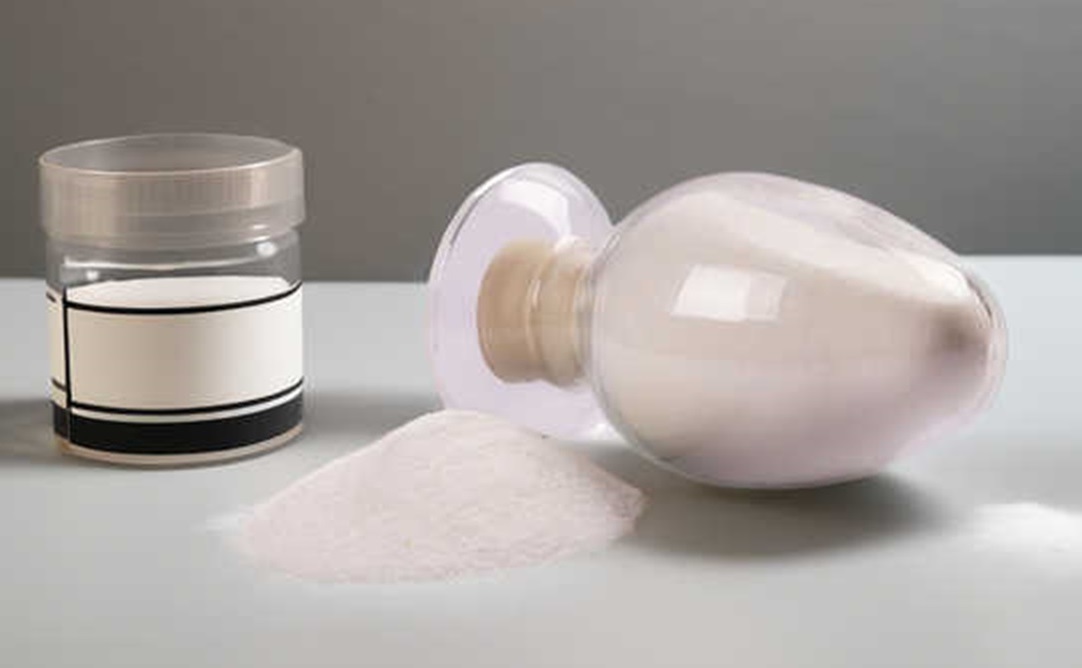

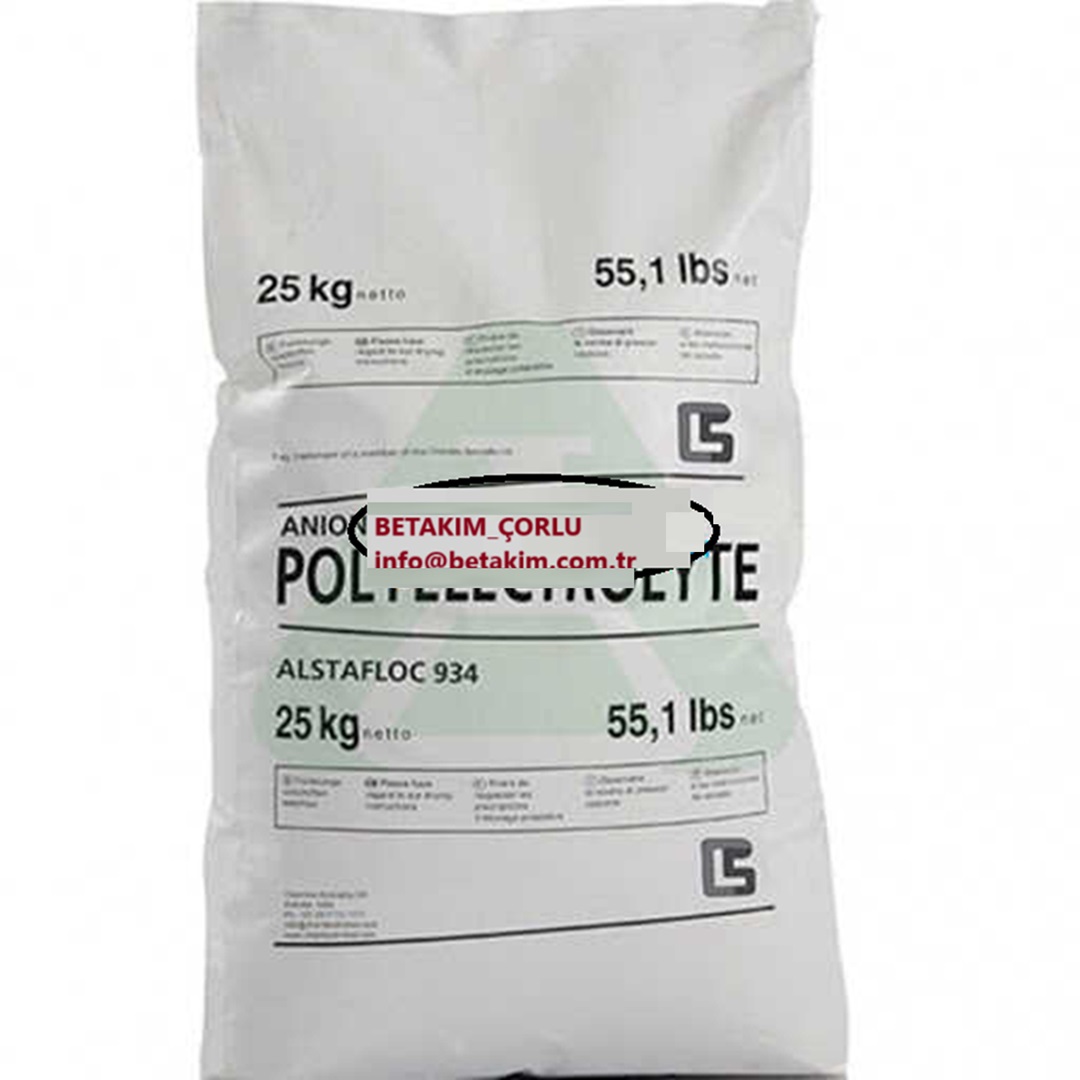
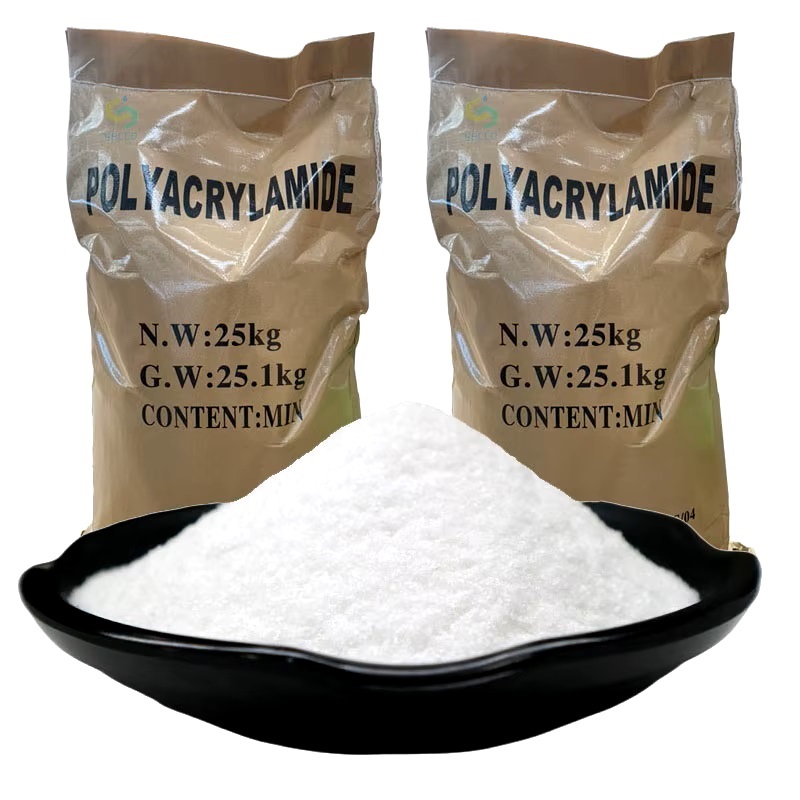
, Poly Acryl Amide, 9003-05-8 .jpg)
